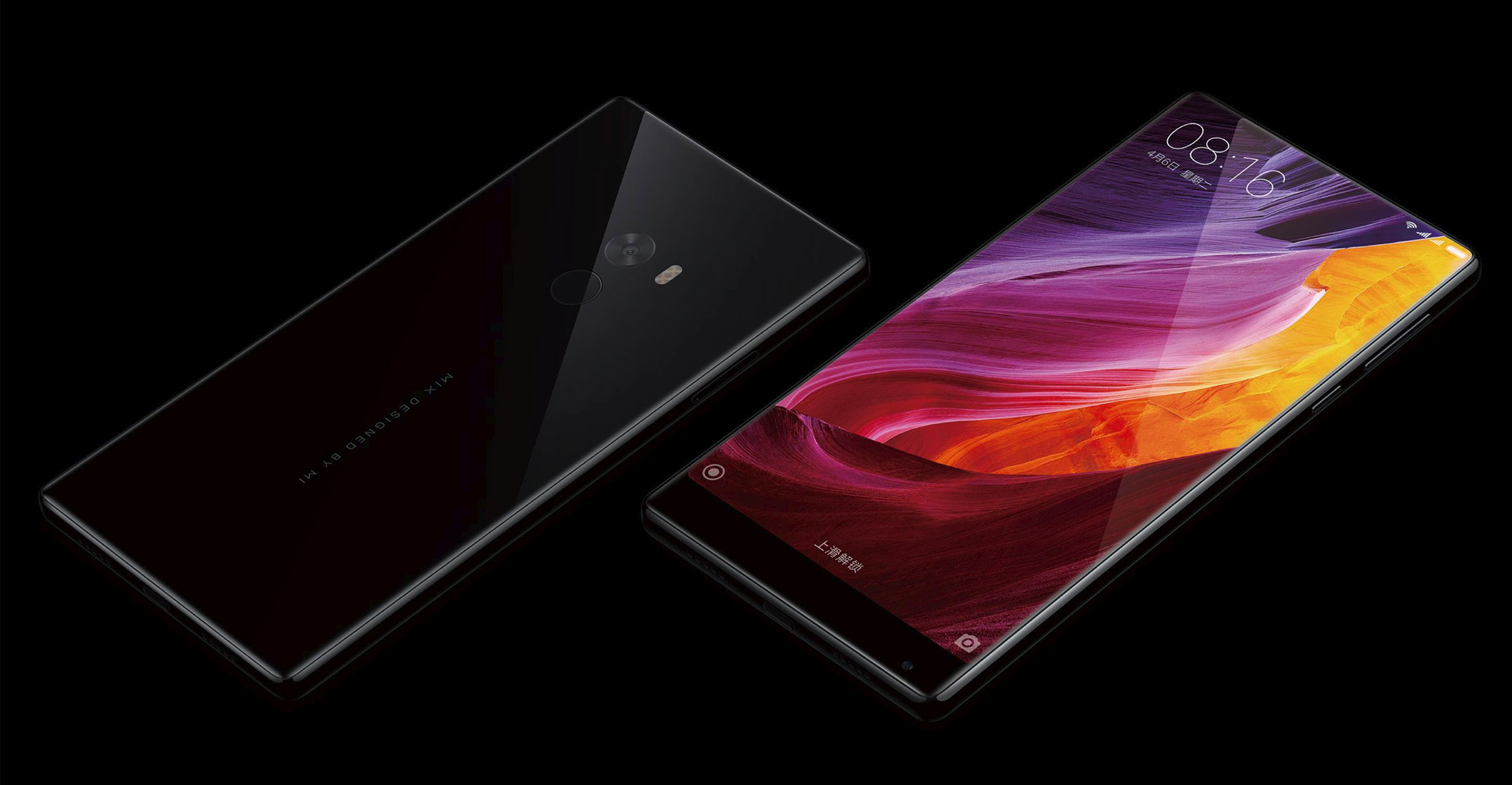
[dropcap]X[/dropcap]iaomi pioneered an online flash-sales model that lifted it to dizzying heights and made it Asia’s most valuable start-up, but it’s since fallen on hard times. Now it’s counting on old-fashioned retail to make a comeback, and that’s proving a much stiffer challenge.
The smartphone maker is going through a major transformation after missed targets prompted a bout of soul-searching by billionaire co-founder Lei Jun. From Harbin in the chilly northeast to glitzy eastern Shanghai, it aims to build a thousand “Mi Homes” by 2019 — about twice Apple’s global store count — that will rake in an envisioned 70bn (US$10bn) in sales by 2021.
Xiaomi — which has no real track record running stores or armies of sales reps — wants to set an upmarket tone for its brand by building its own signature outlets. But it’s taking on surging rental and labour costs, while rivals Huawei, Oppo and Vivo have sewn up prime locations by striking deals with hundreds of thousands of resellers.
Customers browsing the Apple-style blond-wood tables at Xiaomi’s flagship outlet in Beijing are confronted just across the road by a giant Huawei chrysanthemum logo. In the central city of Wuhan, a new outlet is flanked by one hawking devices from Lenovo.
“The reason the Chinese brands are building these experience stores is because they want to lift their brands to appeal to higher-end buyers,” said Jin Di, a research manager at IDC China. “It fits Xiaomi’s long-term strategy but they just crossed the starting line.”
Founded seven years ago, Xiaomi — or “Little Rice” — has long eschewed retail in favour of online campaigns that create buzz in the biggest cities. By 2014, its formula of flash sales and savvy social media helped it top Chinese smartphone rankings and amass a $45bn valuation surpassed only by Uber Technologies. The accolades piled up, as some industry observers compared Lei to visionary Steve Jobs.
Mature market
But as the market matured, Xiaomi grew ill-equipped to capture customers in outlying regions who wanted hands-on advice and a test-drive, just the type of users Oppo and Vivo courted. The first Mi Home wasn’t even supposed to be a store and was designed in 2011 to be a service centre where people lined up for repairs or to pick up online orders.
Apple has demonstrated how a well-crafted physical presence can augment branding and interaction with fans. That’s crucial as it promotes services from games to movies and touts its “‘ecosystem” — Mi-branded pressure cookers, bathroom scales and robot vacuums made by the 100 or so start-ups in which it’s invested.
Xiaomi’s retail focus is second- and third-tier cities along the economically vibrant coast and inland provincial capitals. While not as populated as Beijing or Shanghai, they house millions, and that number’s growing as urbanisation turns hundreds of millions of rural residents into city-dwellers. And it’s beginning to cast its eye abroad, starting with outlets in Russia and India, where it’s already the largest player after Samsung Electronics.
For now, its stores attract an eclectic crowd. At its Beijing flagship, college student Zhao Yang planted both elbows on one of the tables and fiddled with a Mi 6 — Xiaomi’s current marquee device. Grandmas trailing toddlers and migrant laborers on their break milled about behind her.
“It feels like an Apple Store to me. I mean the desks, the decor,” said the sophomore majoring in trade, who came from the Vivo store and will head to Samsung’s or Oppo’s next. “This is what an electronics shop should look like.”
Xiaomi’s opened about 100 locations so far. It cut the ribbon last week on a Hong Kong outpost hidden away on the eighth floor of a nondescript building in the Causeway Bay shopping district, tucked beside a travel agency. A few hundred metres away, Apple occupies several floors, including prized street frontage, of an upmarket mall.
Mi Home
Where Apple hawks but a handful of products in large airy spaces, this Mi Home crammed suitcases, travel pillows, sunglasses and power banks into a long and low-ceilinged room.
“To become a globally influential smartphone and Internet company, we have to be both online and offline,” senior vice president Wang Xiang told reporters at its opening. “It’s a matter of letting people try out our products, but also to get feedback from our fans.”

Prime real estate doesn’t come cheap. The best spots in a large Chinese mall fetch around 600 yuan a square metre monthly, according to Nie Kaiyuan, a Jinan-based manager for builder and developer China Railway Construction. Xiaomi was paying around 450 yuan per square metre for outlets in Jinan, in Shandong, he said. Some malls even ask for a slice of revenue instead of rent.
“The rate could be 15% or even higher for the busiest locations,” Nie said. “Rental prices in the busiest shopping centers in second- and third-tier Chinese cities aren’t considered cheap at all.”
Xiaomi is counting on the prices being worth it. Co-founder Lin Bin has told Chinese media that sales at one 260sq m branch in north Beijing exceeded 10m yuan in April. Its revenue target translates to 70m yuan a year on average from each of a thousand stores. That’s several times Chow Tai Fook Jewellery Group’s average HK$20.9m apiece from 1 319 self-operated Chinese outlets, according to its 2017 annual report.
It’s a battle Xiaomi has to win. By the first quarter, Xiaomi had fallen to number 5 among smartphone sellers in China, shipping fewer than half the devices of front-runners Huawei and Oppo, according to IDC. Yet it’s narrowing the gap globally, prompting rivals to keep an eye on the Mi Home roll-out.
“It’s definitely not good news that Xiaomi is coming back,” said Chen Yihua, a Beijing sales assistant at an outlet of the electronics chain D-Phone that sells Oppo phones. “But Vivo and Oppo are very popular now, so I’m not too worried this year. Maybe next year, let’s see.” — (c) 2017 Bloomberg LP

